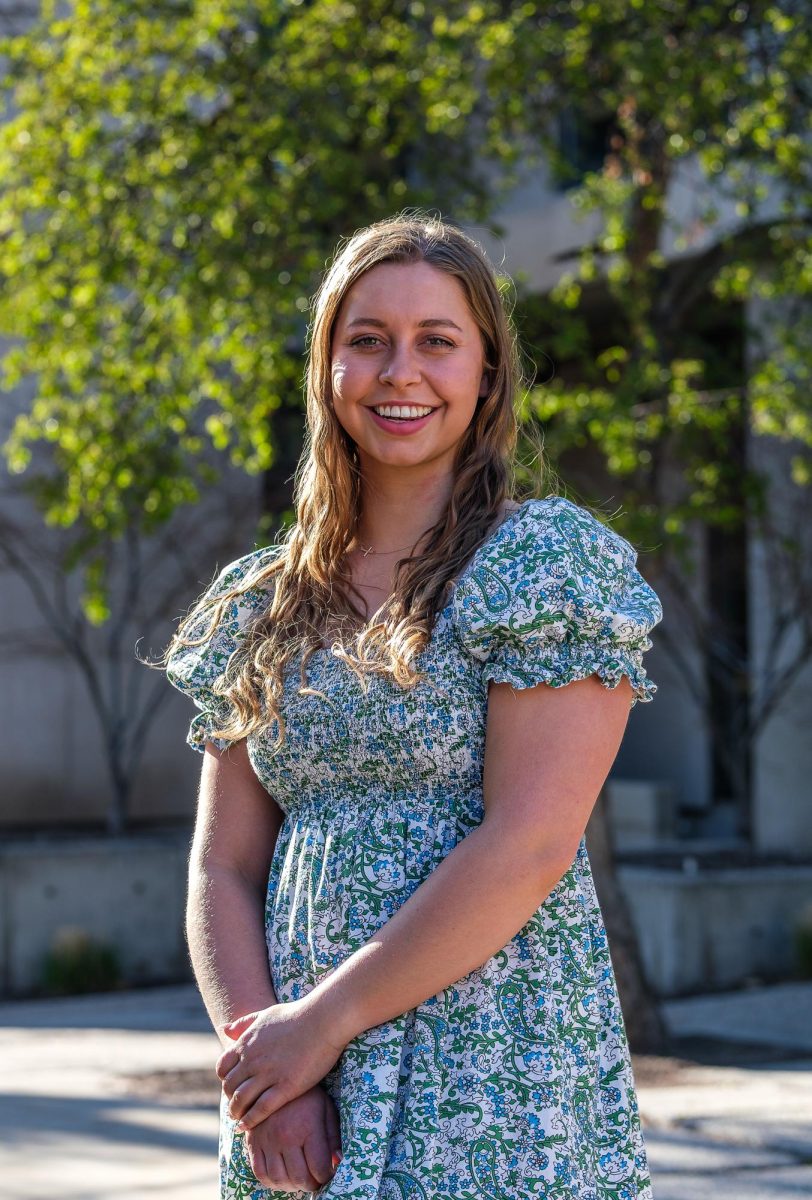U researchers have found that they can regenerate nerve cells faster in worms, which could help treat spinal cord injuries and multiple sclerosis in humans some day.
Biology professor Michael Bastiani began working on the regeneration of small worms called C. elegans a few years ago. With the help of a few colleagues, he used the process of elimination to find a gene that can increase the regenerative quality of nerve cells.
“If you cut enough motor neurons in a worm, you can paralyze it,” Bastiani said. “In younger worms the nerves may recover, but for a 7-day-old worm, it will be uncoordinated or stay paralyzed.”
The team found in its study that 5-day-old worms who were injected with more of the gene restored nerve cells more than twice as fast as the control worms.
Only 10 percent of nerve cells in the average 5-day-old worm, which is approaching older age and regenerating more slowly, attempted to restore cells after they were damaged, as compared to 70 percent of worms with gene enhancement.
Research associate Paola Nix said if the regenerative ability of the gene could be used on humans, doctors might be able to treat spinal cord injuries and disorders such as multiple sclerosis.
Bastiani and research associate Paola Nix, with help from biology professor Erik Jorgensen and two other researchers, are continuing to work with worms to test the effects of the regenerative gene.
“That’s the goal for doing this screen test,” Nix said. “To identify genes and proteins that might be involved with regeneration.”
Bastiani said they also tested the enhanced gene on complete regeneration for 2-day-old worms because the study on 5-day-old worms only tested whether nerve cells made attempts to regenerate. The second study showed similar results8212;nerve cell regeneration more than doubled for enhanced genes.
The gene plays no role in developing nerve cells in embryonic stage worms. If the gene is removed in an adult worm, however, any damaged nerve cell will not be able to regenerate.
The gene is very similar to one in humans, which implies that gene enhancement could work for patients with nerve damage.
The study is one step closer to helping patients like Craig Neilsen, a former U student who contributed millions of dollars to spinal cord injury treatment and support before passing away two years ago.
Bastiani said Neilsen’s support through funding from the Craig H. Neilsen Foundation has been instrumental, along with other grants, in helping fund the research.
Beth Goldsmith, executive director of the foundation, said this research is part of the process of helping spinal cord injury patients walk again.
“This was his dream to be able to play a part in moving the science forward to a point where scientists could come up with the answer to successfully regenerate the spinal cord,” Goldsmith said.
The study was published Thursday in the online edition of the journal Science.
Bastiani said his research group would love to collaborate with other researchers in testing the gene on mice and humans but it could be a few years before anything is available in the form of a drug.
It took years to arrange for gene enhancement in a worm and forming it into a usable drug could take some time as well, he said.
“Even regenerating 5 percent of nerve cells can make the difference between walking and no mobility,” Bastiani said. “Imagine what that little bit could do.”
 Nick Andrew
Nick AndrewU biology professor Michael Bastiani?s findings could help treat humans with spinal cord injuries and multiple sclerosis in the future.










